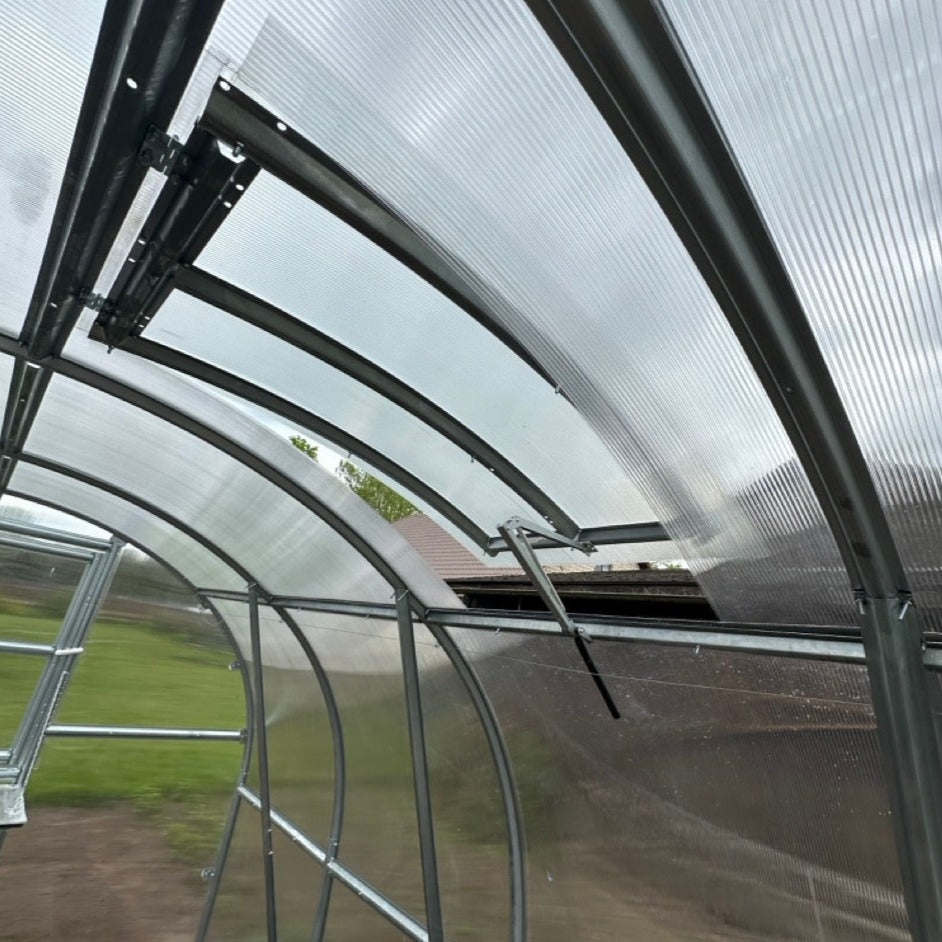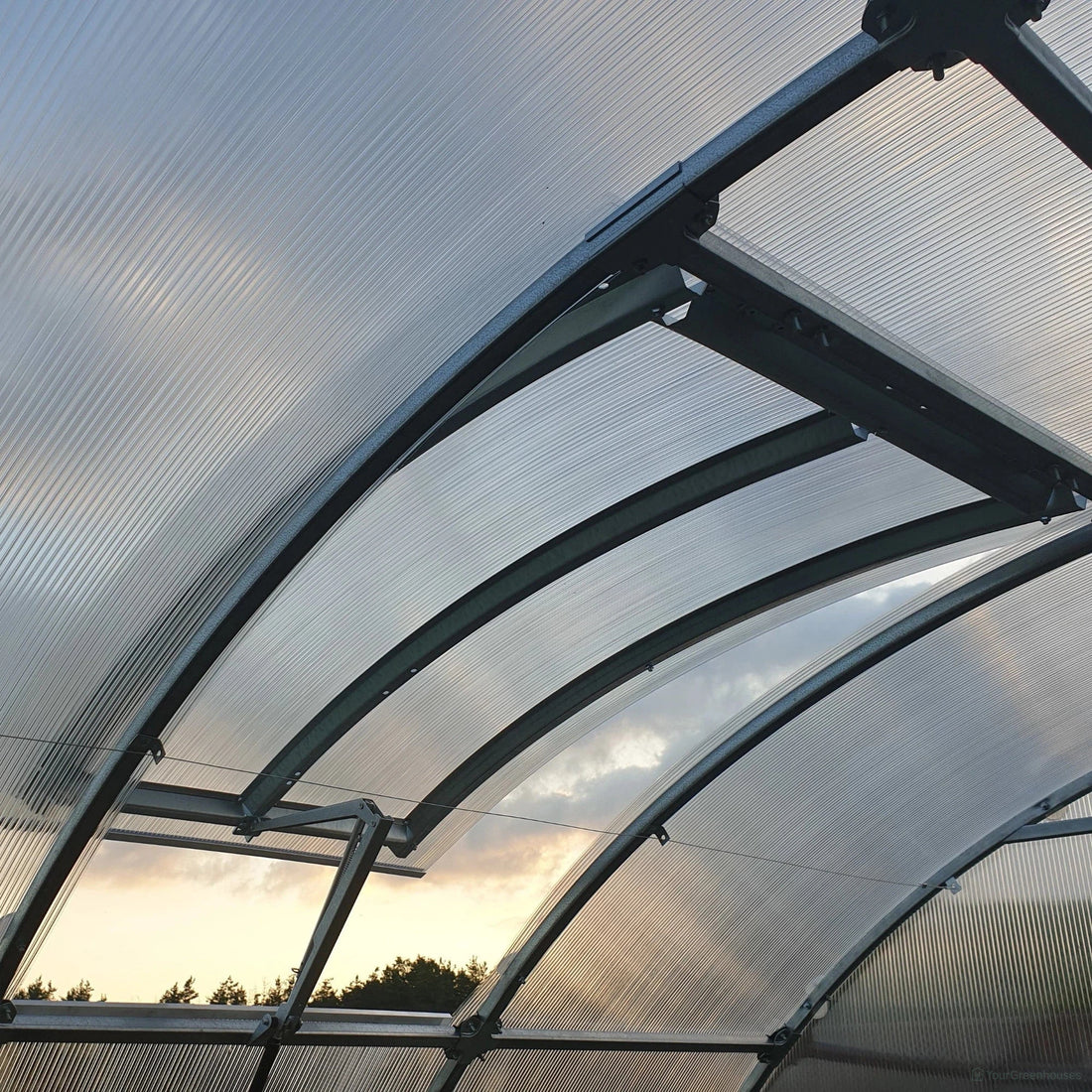Efficiency in Commercial Greenhouses: Innovative Sustainable Practices and Cutting-edge Future Technologies
In recent years, commercial greenhouses have become a cornerstone of modern agriculture, serving as beacons of stability and productivity. These sophisticated structures allow for controlled environment agriculture (CEA), which guarantees consistent yields irrespective of external weather patterns. The true value of commercial greenhouses, however, lies in their ever-evolving efficiency that is driven by a blend of refined climate management strategies and a dedication to sustainable technological advancements aimed at reducing the ecological footprint of agricultural practices.

Sustainable Practices in Commercial Greenhouses:
- Renewable Energy Sources: The incorporation of photovoltaic solar panels and wind turbine systems exemplifies a commitment to clean energy use within greenhouse operations, significantly curtailing reliance on non-renewable fossil fuels.
- Drip Irrigation Systems: By employing drip irrigation, commercial greenhouses have revolutionized water conservation in agriculture. This method precisely delivers water and nutrients to the plant's root zone, ensuring optimal plant hydration without the excess wastage associated with traditional irrigation methods.
- Process Automation: Advanced control systems now automate crucial processes within the greenhouse, including regulation of the microclimate, adjustment of humidity levels, control of LED lighting, and timing of watering cycles. Such automation not only bolsters plant development but also curtails the consumption of water, energy, and labor resources.

Expanded Insights and Additional Sustainable Practices:
- Recycling of Internal Resources: Modern greenhouses are increasingly utilizing closed-loop systems to recycle water and nutrients, minimizing waste and further decreasing water usage.
- Integrated Pest Management (IPM): Employing biological control agents and other non-chemical methods reduces the need for synthetic pesticides, fostering a healthier ecosystem within and around the greenhouse.
Future Technologies for Commercial Greenhouses:
-
Hydroponics and Aeroponics: These avant-garde soilless cultivation methods are already making waves by negating the necessity for pesticides and herbicides, slashing water usage, and preventing soil-borne diseases. These systems, which can be integrated with automated nutrient delivery, are set to become more sophisticated, with sensors and AI optimizing plant nutrition and growth conditions in real-time.

-
LED Lighting: The tailored spectrum of LED lighting designed for optimal plant photosynthesis is a game-changer. Future iterations are expected to utilize even less energy while maximizing photosynthetic efficiency, adapting to the specific light absorption profiles of different plant species.

-
Vertical Farming: The stratification of cultivation spaces in a vertical format is a revolutionary approach to maximizing yield per square foot. This approach not only expands production but also facilitates the possibility of urban farming, bringing food production closer to consumers and reducing transportation emissions.

Towards Greener Futures:
The metamorphosis of commercial greenhouses into models of high-efficiency, sustainable agriculture has far-reaching implications. By embracing advanced technologies and progressive management strategies, commercial greenhouses are set to further escalate their operational efficacy and bolster the development of environmentally conscious agriculture. This relentless pursuit of innovation and sustainability is pivotal in redefining the agricultural landscape, where yield optimization and environmental stewardship go hand in hand.












